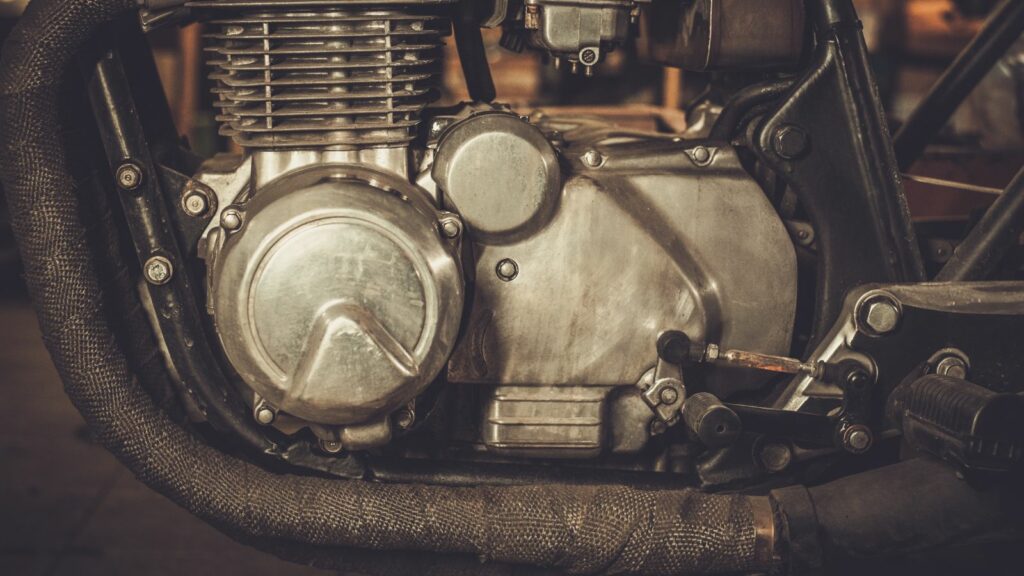If you have ever noticed a motorcycle or car with exhaust pipes wrapped in thick, heat resistant tape, you may have wondered what the point is. The practice of wrapping exhaust headers is common among custom bike builders, track riders, and performance car owners. While it certainly creates a rugged look, the real purpose is rooted in heat management, performance, and protection. Let’s break down why people do it, how it works, and the trade-offs that come with it.
Heat Management
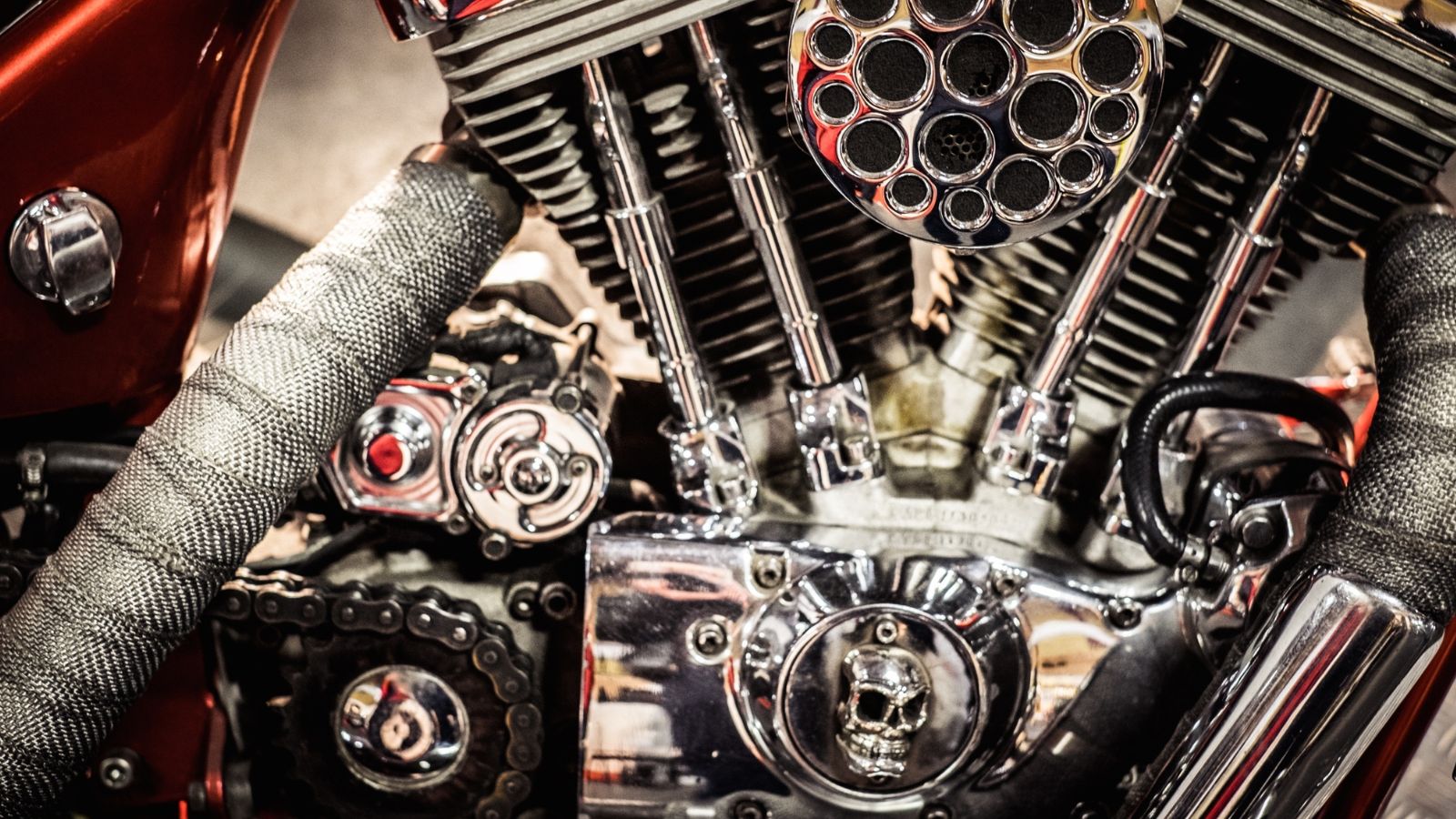
Exhaust systems get extremely hot, often reaching temperatures between 800 and 1,600 degrees Fahrenheit. That heat radiates outward, raising the temperature of everything nearby. By wrapping the exhaust pipes, more of the heat is contained inside the tubing instead of blasting into the open air.
On motorcycles, this can mean less heat radiating onto the rider’s legs, especially in slow moving traffic where airflow is minimal. On cars, particularly those with tight engine bays, it helps lower under-hood temperatures, which protects sensitive components like wiring, fuel lines, and ignition systems. In both cases, managing heat makes the machine safer and more pleasant to operate.
Performance Benefits
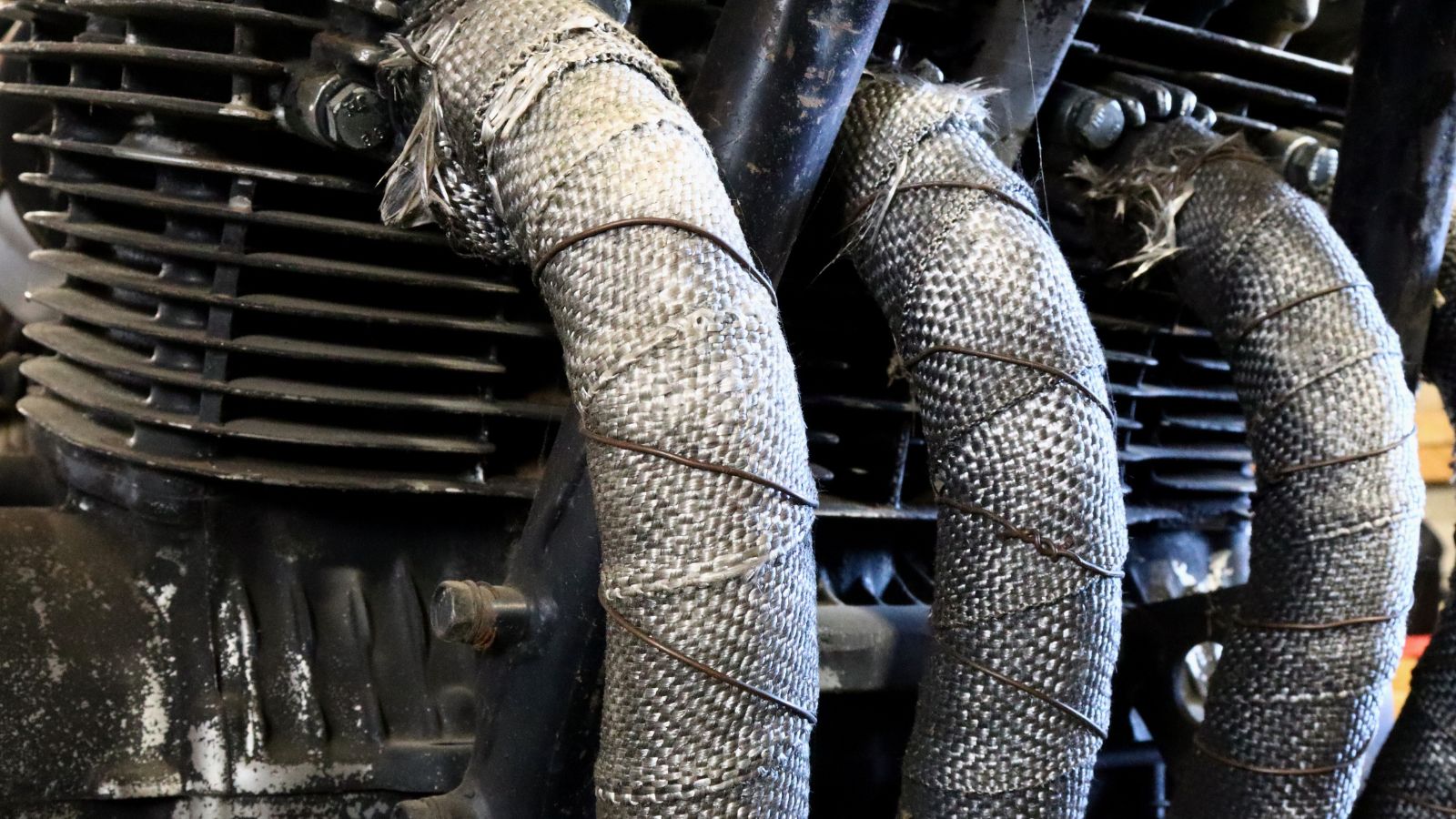
Keeping exhaust gases hot might sound counterintuitive, but it actually helps them move faster. Hot gases are less dense, and when they flow quickly through the exhaust system, they improve scavenging—the process of pulling spent gases out of the cylinder and making room for fresh air and fuel. This smoother evacuation can increase efficiency and even provide a slight bump in horsepower.
On naturally aspirated engines, the gain is modest but noticeable at high rpm. On turbocharged cars, however, retaining heat is a major benefit. The faster moving exhaust gases hit the turbine with more energy, helping the turbo spool quicker. That means better throttle response and stronger low-end boost. For track enthusiasts or tuners, header wrap is a cheap way to sharpen performance.
Protection for Riders and Components
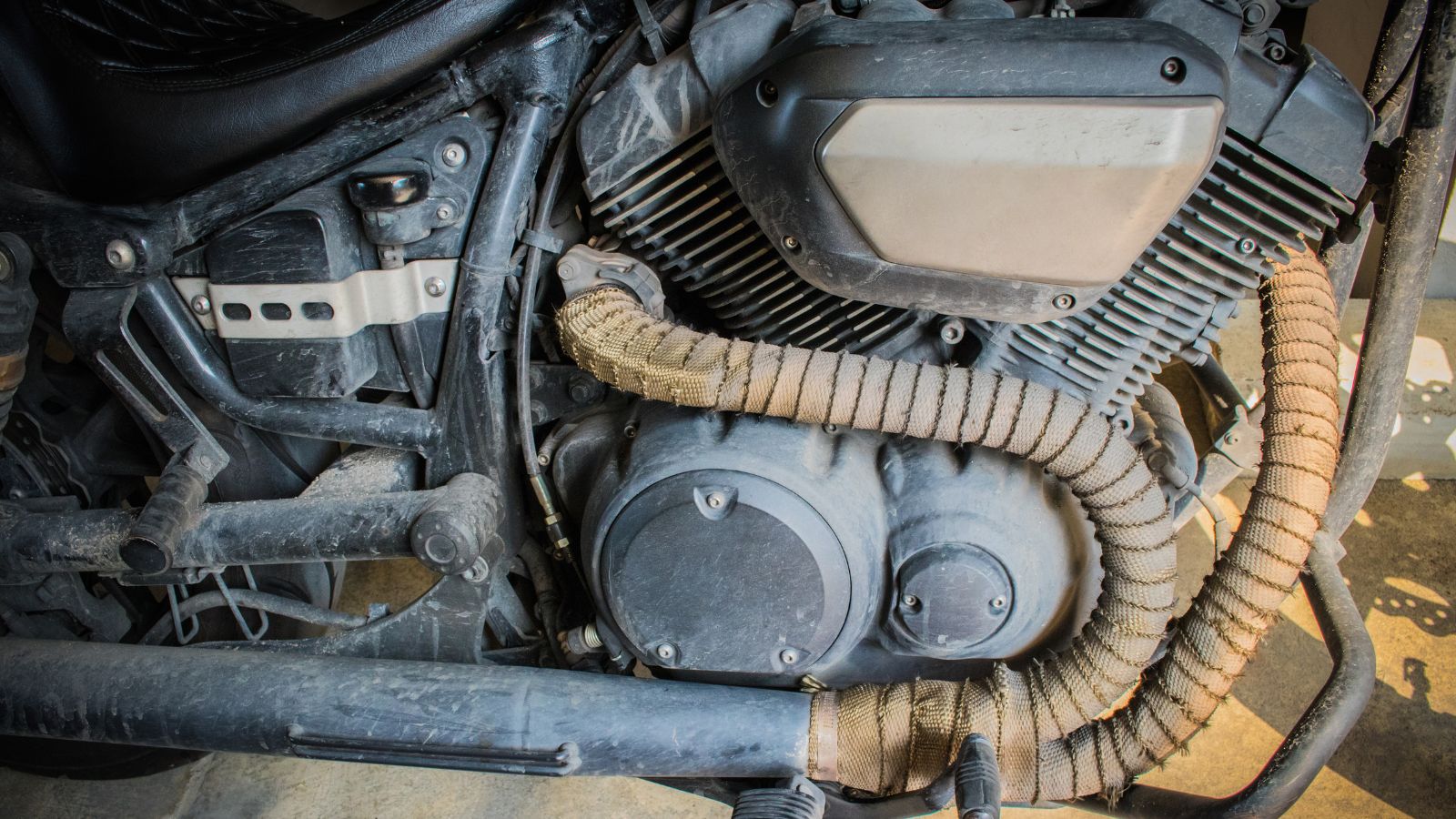
If you have ever brushed against a bare motorcycle exhaust, you know how quickly it can cause a burn. Wrapping pipes lowers the surface temperature, which makes those accidental contacts less severe. It does not make the pipes safe to touch, but it can reduce the risk of serious injury.
For cars, it is more about protecting nearby components. Rubber hoses, plastic connectors, and even the paint on body panels can suffer from long term heat exposure. By insulating the headers, you are essentially giving everything else in the engine bay a better chance at surviving the heat.
Ceramic Coating vs. Header Wrap

Header wrap is not the only way to manage exhaust heat. Ceramic coatings, which are applied directly to the metal, also insulate and reduce heat radiation. Coatings have the advantage of being permanent and less prone to moisture retention, which is a problem with wrap. However, they are much more expensive and require the headers to be removed and sent to a specialist.
Wrap is affordable and can be done in a garage with basic tools, making it appealing to do-it-yourselfers. Many riders and car owners even use both—ceramic coating for long term protection and a layer of wrap for additional heat control and style.
Aesthetic Appeal
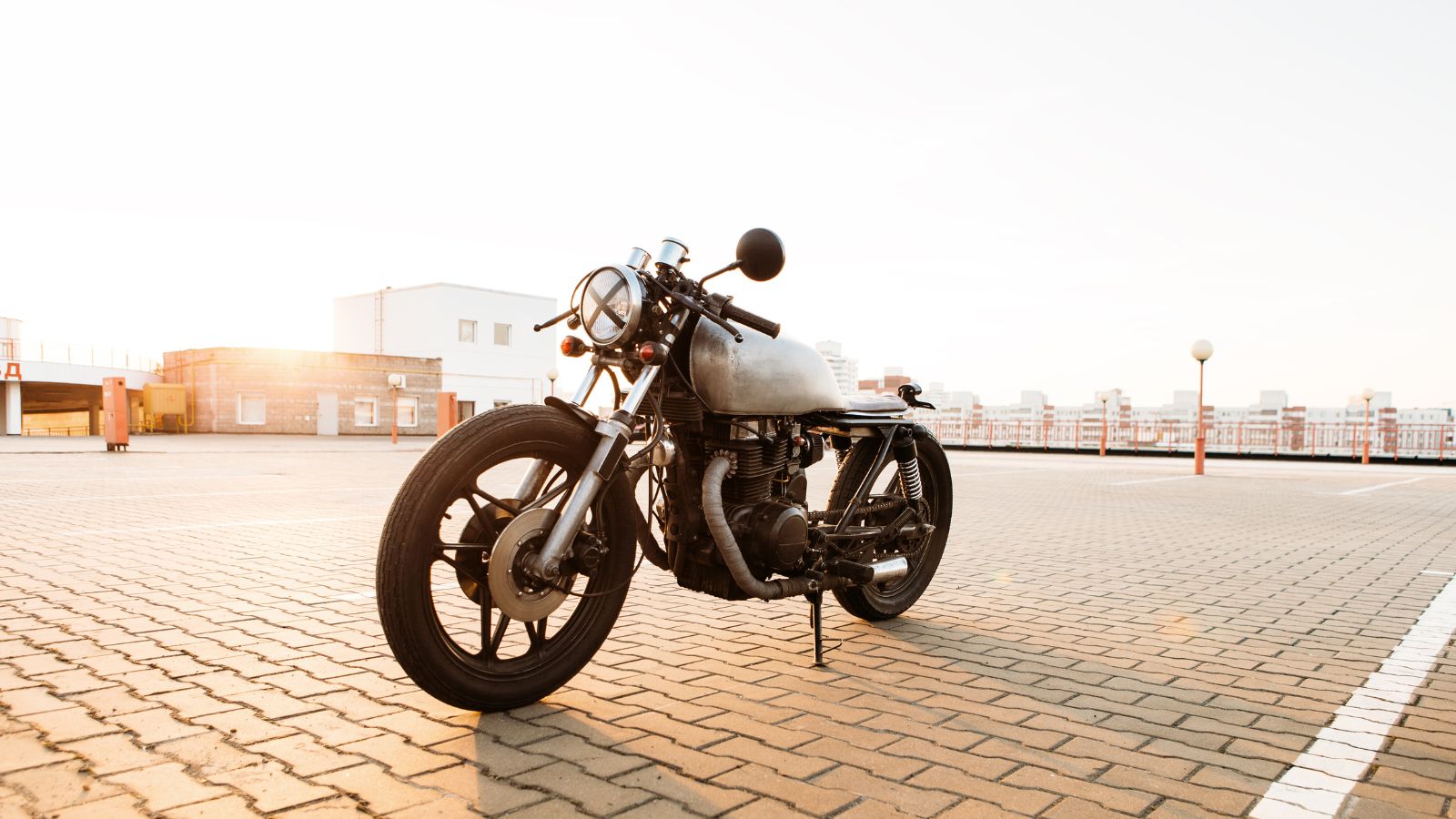
There is no denying that wrapped pipes give a certain attitude to a bike. Café racers, bobbers, and vintage styled customs often use tan or titanium colored wraps to achieve a gritty, purposeful look. Black wrap is more common on modern builds that want a stealthy finish. On cars, it is less about show and more about sending a message—if you pop the hood and see wrapped headers, it suggests the owner cares about function as much as form.
Real-World Experiences

Ask any rider or car enthusiast, and you will hear mixed stories about header wrap. Some riders swear that it made summer commutes bearable by keeping leg heat down. Track car owners often report cooler intake temperatures and reduced heat soak. On the flip side, plenty of mechanics will warn you that wrapped headers trap moisture, leading to faster corrosion, especially on mild steel. Stainless steel holds up better, but even then, the wrap can shorten the life of the pipes.
There are also stories of wraps discoloring over time, turning chalky white or even unraveling if not secured properly. For some, that weathered look adds character, but others see it as messy. It is part of the trade-off of choosing wrap over more permanent solutions.
Downsides to Consider
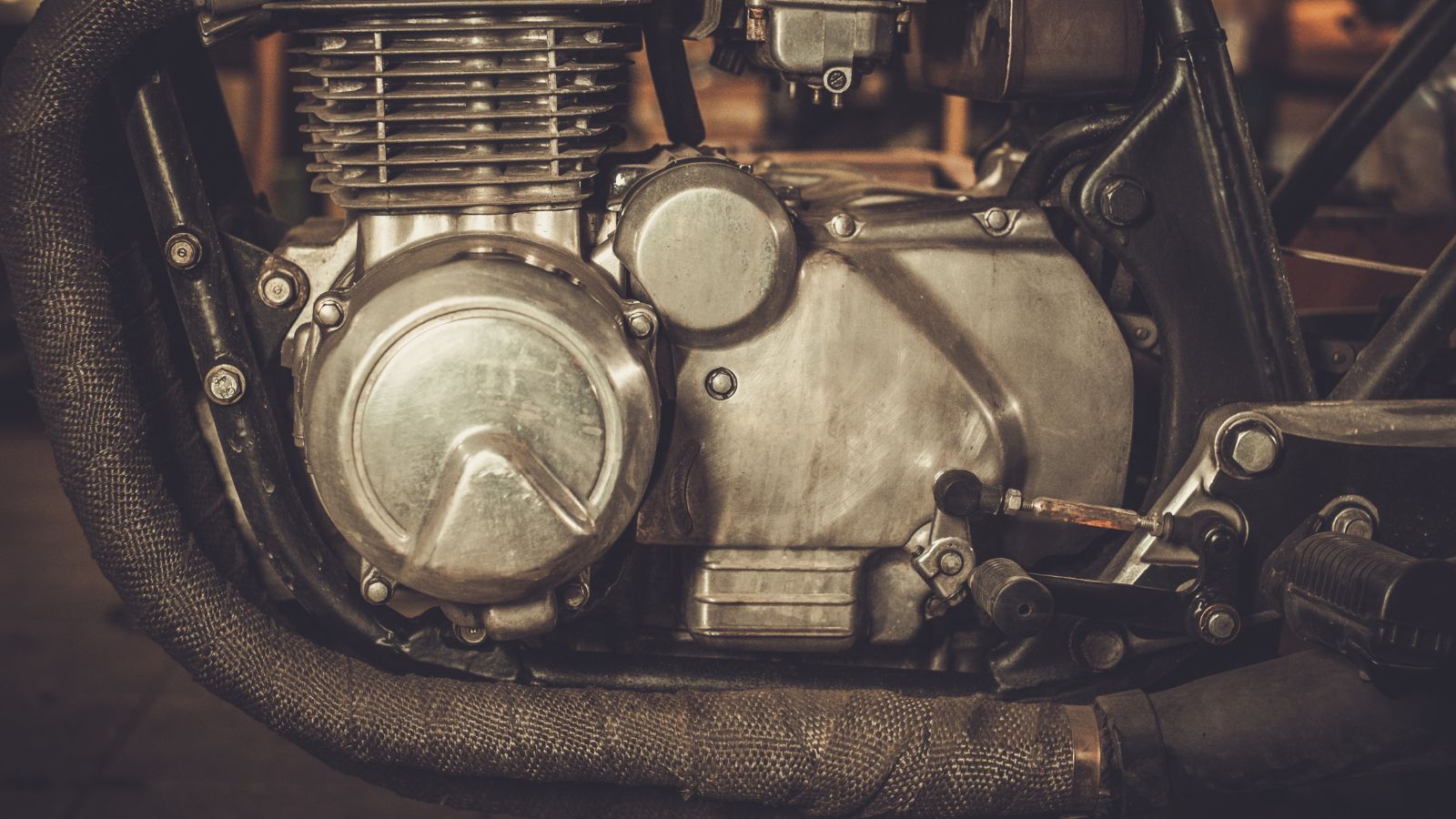
While header wrap works, it is not without cost. Trapping heat inside means the pipes themselves endure more thermal stress, which can lead to cracks over the long term. If water seeps into the wrap, it can sit against the metal and accelerate rust. Bikes that are ridden in rainy or humid environments are especially vulnerable.
This is why some enthusiasts prefer ceramic coatings, or at least combine coatings with wrap for extra durability. For riders and drivers who value low maintenance, wrap might be more trouble than it is worth. But for those who want a blend of style, performance, and lower heat exposure, it remains a popular choice.
The Bottom Line
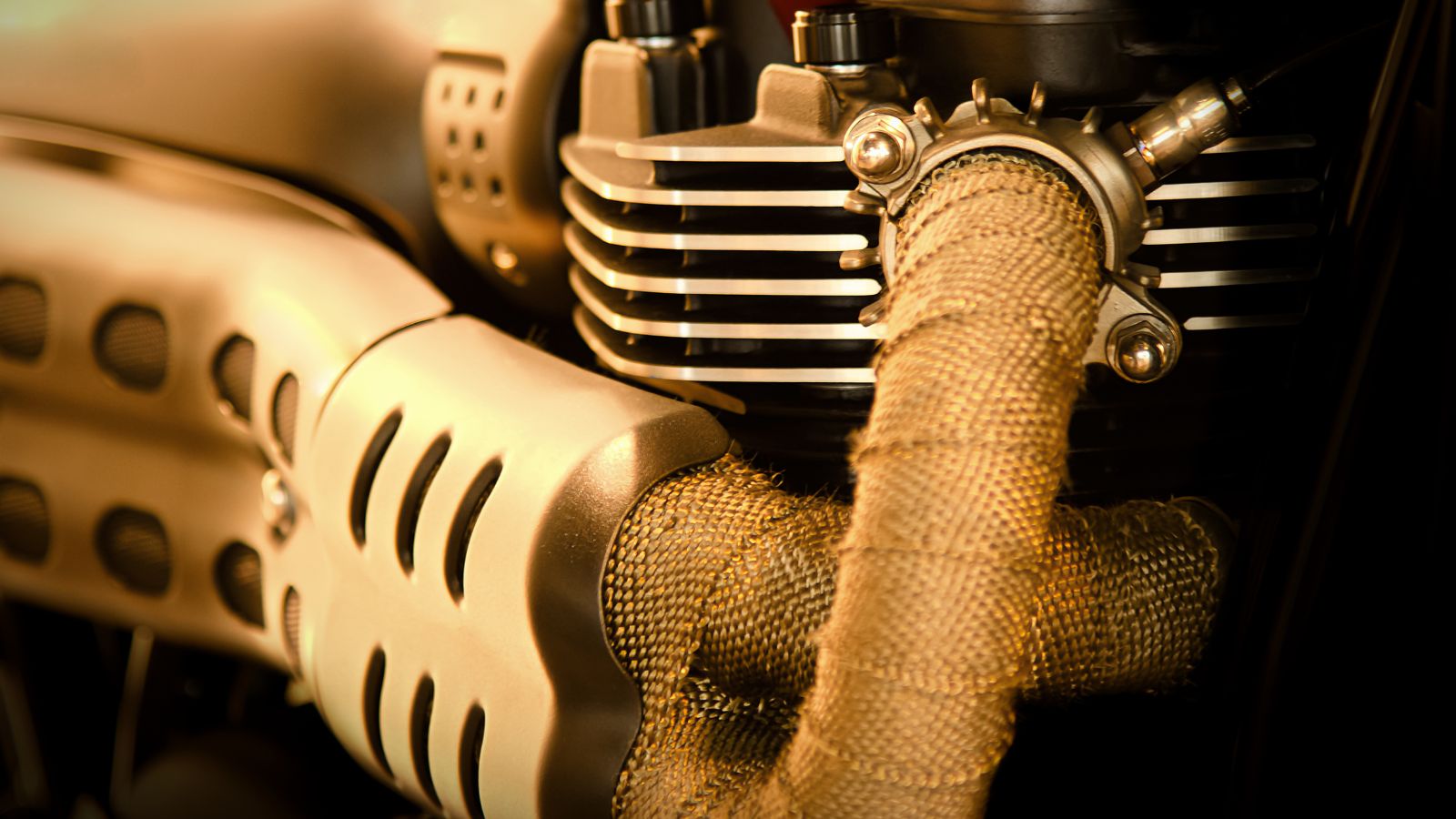
Wrapping exhaust pipes is part science and part style. It lowers heat radiation, helps gases move faster for slight performance gains, protects riders and nearby components, and adds a distinctive custom look. On turbo cars it even helps spool times, while on motorcycles it can mean fewer burns on a hot day. Still, the drawbacks—like potential corrosion and long term durability issues—should not be ignored. For many enthusiasts, the benefits outweigh the downsides, making header wrap a cheap, functional, and cool looking mod that continues to find fans across both two and four wheels.
25 Facts About Car Loans That Most Drivers Don’t Realize

Car loans are one of the most common ways people fund car purchases. Like any other kind of loan, car loans can have certain features that can be regarded as an advantage or a disadvantage to the borrower. Understanding all essential facts about car loans and how they work to ensure that you get the best deal for your financial situation is essential. Here are 25 shocking facts about car loans that most drivers don’t realize:
25 Facts About Car Loans That Most Drivers Don’t Realize
